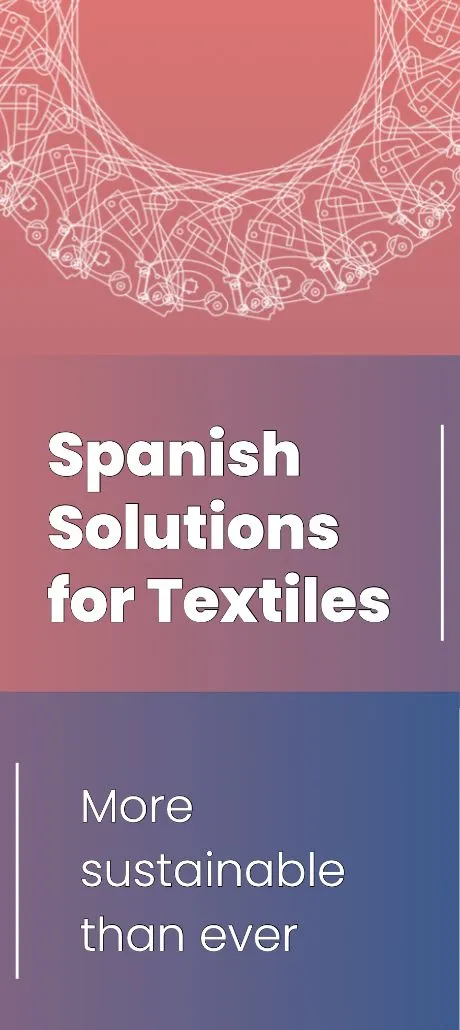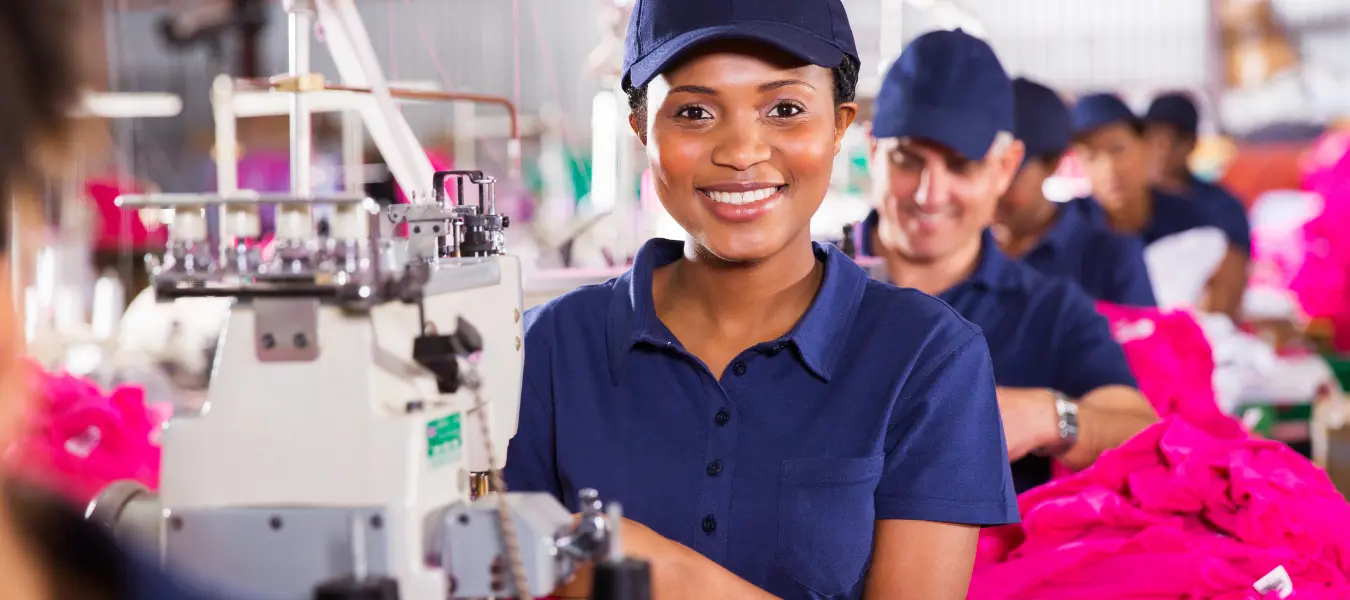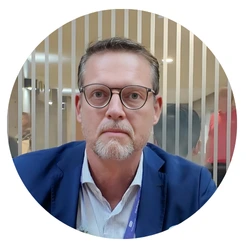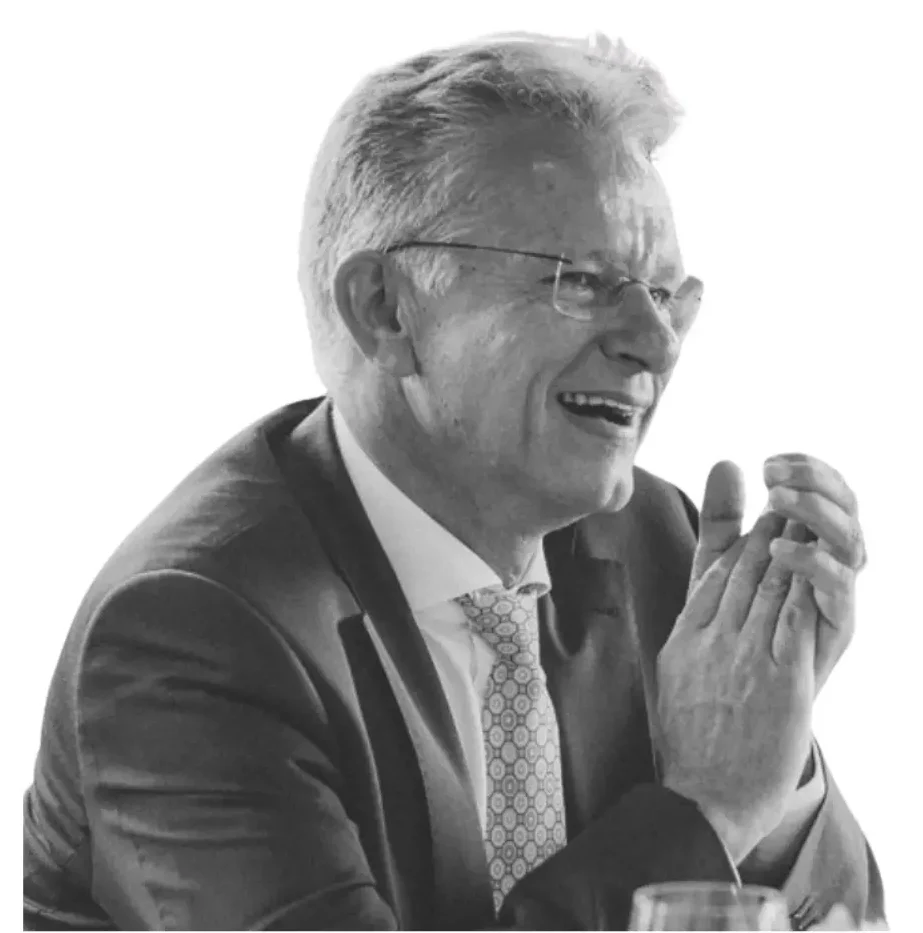Written by: Behnam Ghasemi – editore in chief – kohan textile journal
A New Continental Vision in the Global Value Chain
For decades, Asia and Europe have dominated the global textile and apparel industry. However, shifting geopolitical dynamics, rising production costs in Asia, environmental concerns, and the global need for diversified, resilient supply chains have pushed the world to turn its attention to a new destination: Africa.
According to official data from the World Bank and UNIDO, Africa holds immense potential for textile sector development. This potential is not only due to its abundant resources—such as cotton, a youthful workforce, and a 1.4 billion-strong consumer market—but also because many African governments now recognize the textile industry as a strategic pillar for employment, export growth, and sustainable development.
Why Now? Signs of an Awakening
• The rapid rise in textile, fashion, and apparel exhibitions across the continent is a clear sign of growing industrial awareness. Over 25 textile-related events were held across Africa in 2024 alone.
• Foreign Direct Investment (FDI) in textiles, dyeing, and garment production—particularly from China, Turkey, and India—is on the rise.
• Government-led training and skilling initiatives in countries such as Kenya, Ethiopia, Benin, and Rwanda are preparing a new generation of textile workers.
Meanwhile, Egypt is emerging as a regional powerhouse in North Africa. With a focus on building integrated value chains—from cotton cultivation to finished garment exports—Egypt has attracted significant foreign interest by establishing modern industrial zones and offering tax incentives.
Additionally, Morocco is rapidly positioning itself as a leader in sustainable textile manufacturing within North Africa. With strategic investments in eco-friendly production and circular economy practices—from recycling textile waste to adopting digital technologies—Morocco has successfully attracted international partnerships and boosted exports, leveraging modern industrial parks and advantageous trade agreements with Europe and the United States.
Similarly, Nigeria is reviving its textile sector by strengthening local cotton production. With targeted programs initiated by the Central Bank of Nigeria aimed at engaging over 300,000 cotton farmers, the country is laying the groundwork for integrated textile value chains—from raw cotton farming to finished apparel. These strategic efforts aim to reduce imports, increase employment, and revitalize Nigeria’s historically vibrant textile industry.
Tunisia’s role as a key textile hub in the Euro-Mediterranean region was recently reinforced through a landmark partnership between EURATEX and FTTH. The signing of a Memorandum of Understanding in Monastir marks a new era of strategic collaboration focused on sustainability, innovation, and trade integration. With over €2.5 billion in textile exports to the EU in 2024 and a workforce exceeding 160,000, Tunisia is positioning itself as a reliable nearshoring partner for Europe. This partnership aims to deepen regional value chains, reduce global supply chain dependencies, and accelerate Tunisia’s transformation into a modern, circular, and competitive textile economy.
Africa’s Unique Opportunity
Africa can leapfrog traditional models of industrialization and build a smart, sustainable textile industry from the ground up—avoiding the environmental and social pitfalls seen in parts of South Asia. Analysts believe that Africa has a unique opportunity to become a global leader in eco-friendly, digitized, and automated textile production.
At the same time, Africa is confronting a legacy challenge: the massive influx of secondhand clothing from the West. These imports have undercut local production and damaged consumer self-esteem. Thankfully, governments are now responding, with many restricting or banning these imports to rebuild local manufacturing.
What Experts Say?
As the Editor-in-Chief of Kohan Textile Journal, which places a special focus on the Middle East and Africa, I have had the privilege of engaging with numerous industry leaders and experts to discuss the evolving textile market in Africa. This article highlights only some key insights and perspectives from these valuable conversations…
— Mr. Gerd Paul Wienands, Regional Sales Manager, Trützschler GmbH & Co. KG
“Africa is a continent of immense potential for the textile industry, but it must be viewed holistically rather than through isolated markets. While North African countries like Egypt are already making strides with strong cotton production, skilled labor, and modern machinery, Sub-Saharan Africa presents both challenges and opportunities. Countries such as Nigeria, Ghana, Ethiopia, and Kenya have the raw materials and workforce to revive their once-vibrant textile sectors. At Trützschler, we believe that with strategic investment and a focus on long-term sustainability, Africa can play a significant role in the global textile value chain.”
Mrs. Verena Ruckh, Head of Marketing at Brückner Textile Technologies GmbH & Co. KG, Germany, said:
“Africa holds tremendous untapped potential in the textile sector. With the right partnerships and technical support, especially from experienced European manufacturers, African nations can leap into modern, energy-efficient production models. At Brückner, we believe empowering local industries with sustainable machinery and digital solutions is the key to long-term competitiveness.”
— Cornelia Buchwalder, Secretary General, Swiss Textile Machinery at Swissmem, said:
“Africa represents one of the most promising growth regions for textile technology. While it currently accounts for less than 5% of Swiss textile machinery exports, the potential is undeniable. Investment in infrastructure, training, and sustainability—paired with innovative Swiss solutions—can transform African textile hubs into globally competitive centers.”
— Mr. Alejandro Gallego, Business Unit Director, AMEC Spain, said:
“We tell every textile professional in Africa: be bold. Africa has the ambition, talent, and vision to reshape global fashion. Spanish companies are ready to collaborate closely—not just as suppliers, but as knowledge partners—to support African textile transformation through innovation, digital printing, and sustainability.”
— Groz-Beckert Management Team said:
“The youthful and fast-growing population in Africa presents a unique opportunity for industrial expansion. Groz-Beckert is committed to supporting this growth by providing localized service, technical training, and specialized tools that enable textile manufacturers to scale efficiently and meet the demands of a modern global market.”
— Mr. Josef Osl, GM Marketing, ZIMMER AUSTRIA, said:
“Africa is not just the next frontier—it’s a vital part of the global textile value chain. With a rising demand for sustainable and digitally printed textiles, African producers can gain international traction. At ZIMMER, we are helping bridge the gap with tailored technologies and regional partnerships focused on capacity-building and sustainability.”
Africa Needs More Than Motivation – It Needs Machinery and Consultancy
While enthusiasm and market potential exist, Africa’s future in textiles hinges on infrastructure, technology access, and knowledge. Many small and mid-sized producers are operating with outdated machines and limited technical capacity.
To succeed, African manufacturers need exposure to modern weaving, dyeing, digital printing, and smart sewing technologies. Global machinery providers and technology firms are eager to partner with Africa—but need direct, face-to-face engagement to understand the market’s needs.
This is where Textile Machinery exhibitions like ITMA Asia + CITME Singapore 2025 play a crucial role. As a hub of textile innovation, ITMA Asia + CITME Singapore 2025 offers a unique chance to explore the newest machinery, automation systems, and sustainable production models.
Conclusion: The Beginning of a New Chapter
Africa stands at the dawn of a new industrial era. With the right investments, policy decisions, and public-private collaboration, the continent can rise as a global textile manufacturing hub.
But progress requires investment in modern machinery and advanced infrastructure. The future belongs to those who move first—those who update their knowledge, build connections, and equip themselves for the next chapter.
Join the Conversation
We invite you to share your thoughts, questions, and experiences related to this article in the comments section below. Let’s open the door to dialogue, collaboration, and innovation across borders.
 |
About Author: Behnam Ghasemi is a textile engineer and Editor-in-Chief of Kohan Textile Journal, covering the Middle East, Africa, and Turkey. With 17+ years in textile media, he offers expert insight into regional and global trends. A trilingual industry advocate, he promotes investment in emerging textile markets. |



































